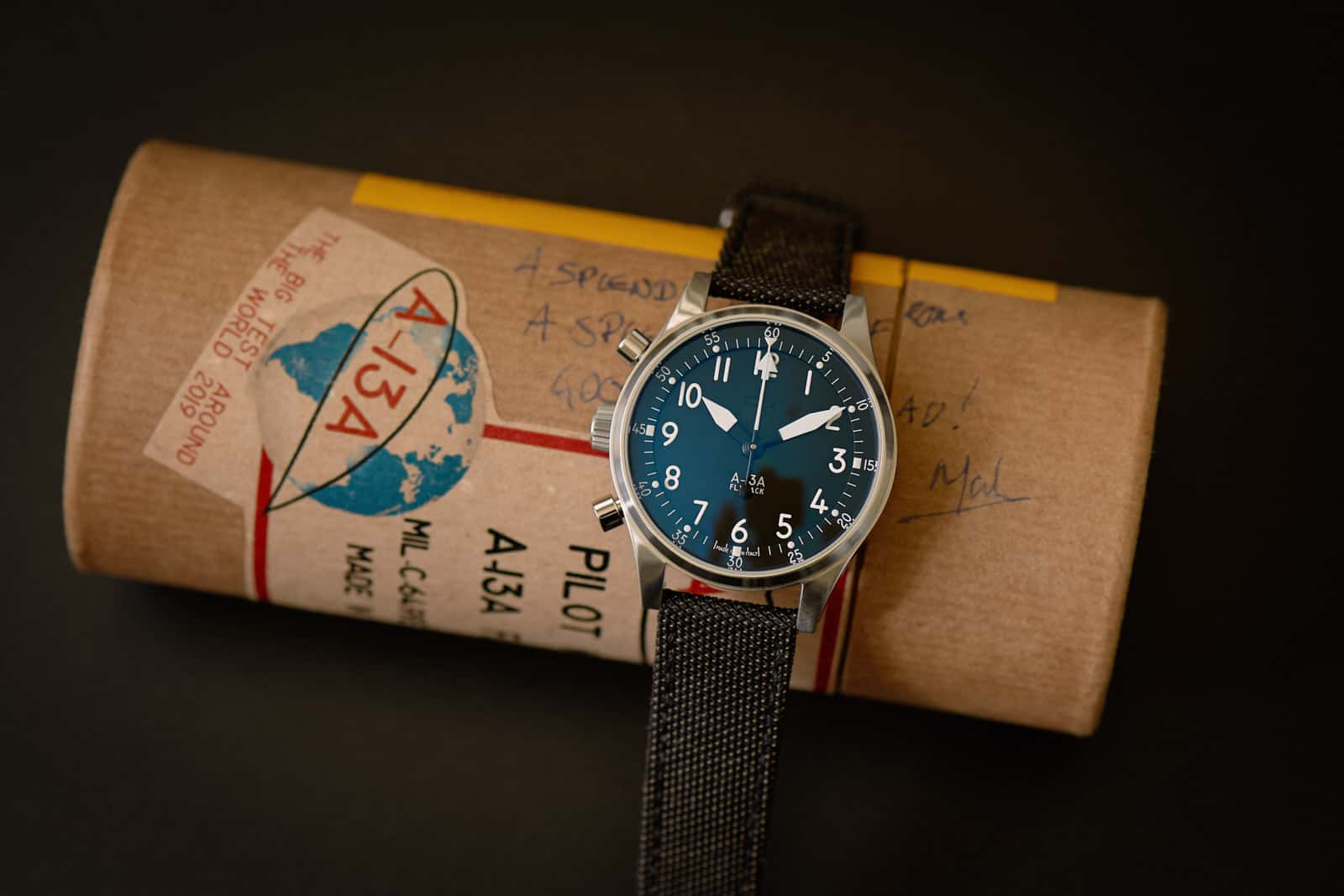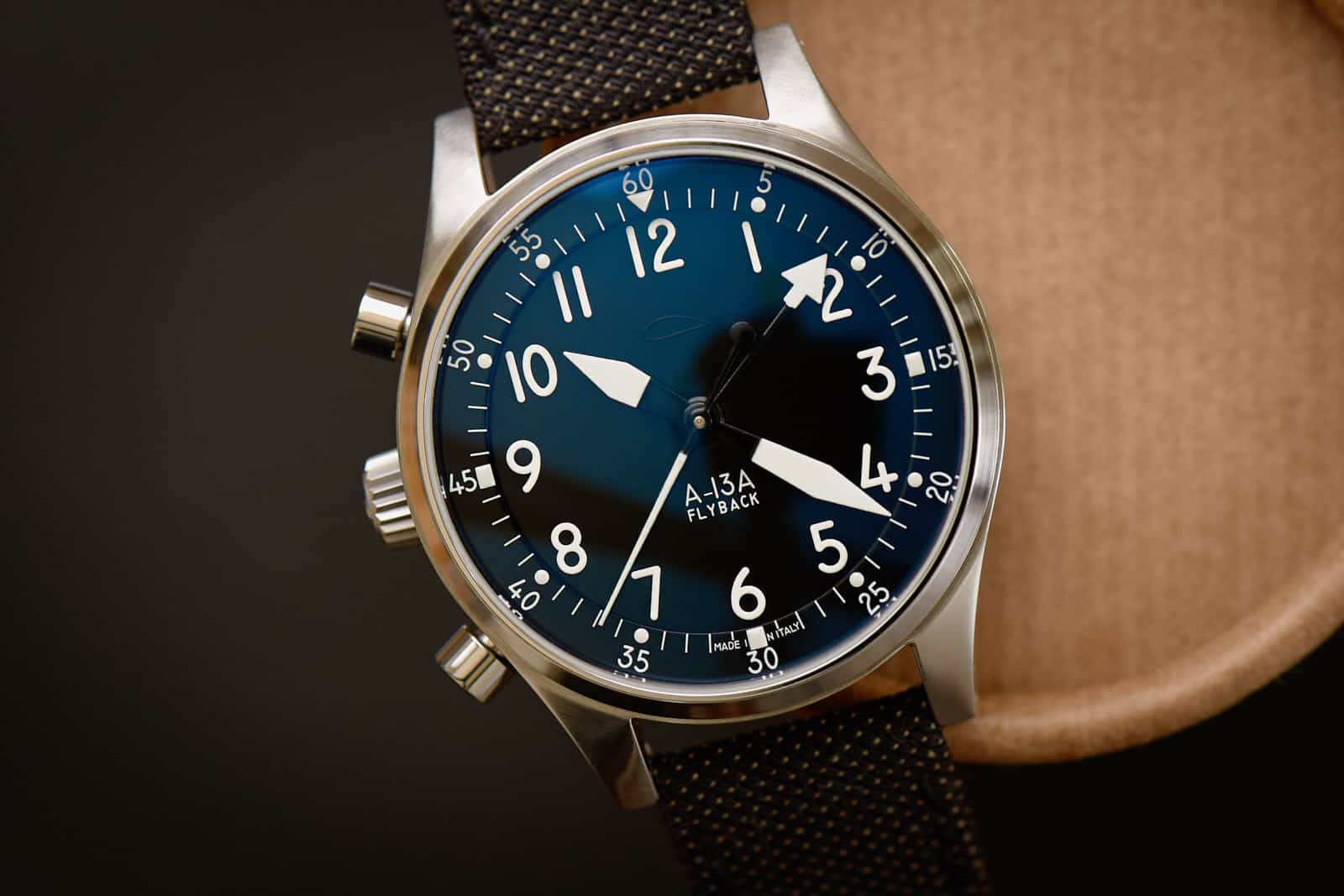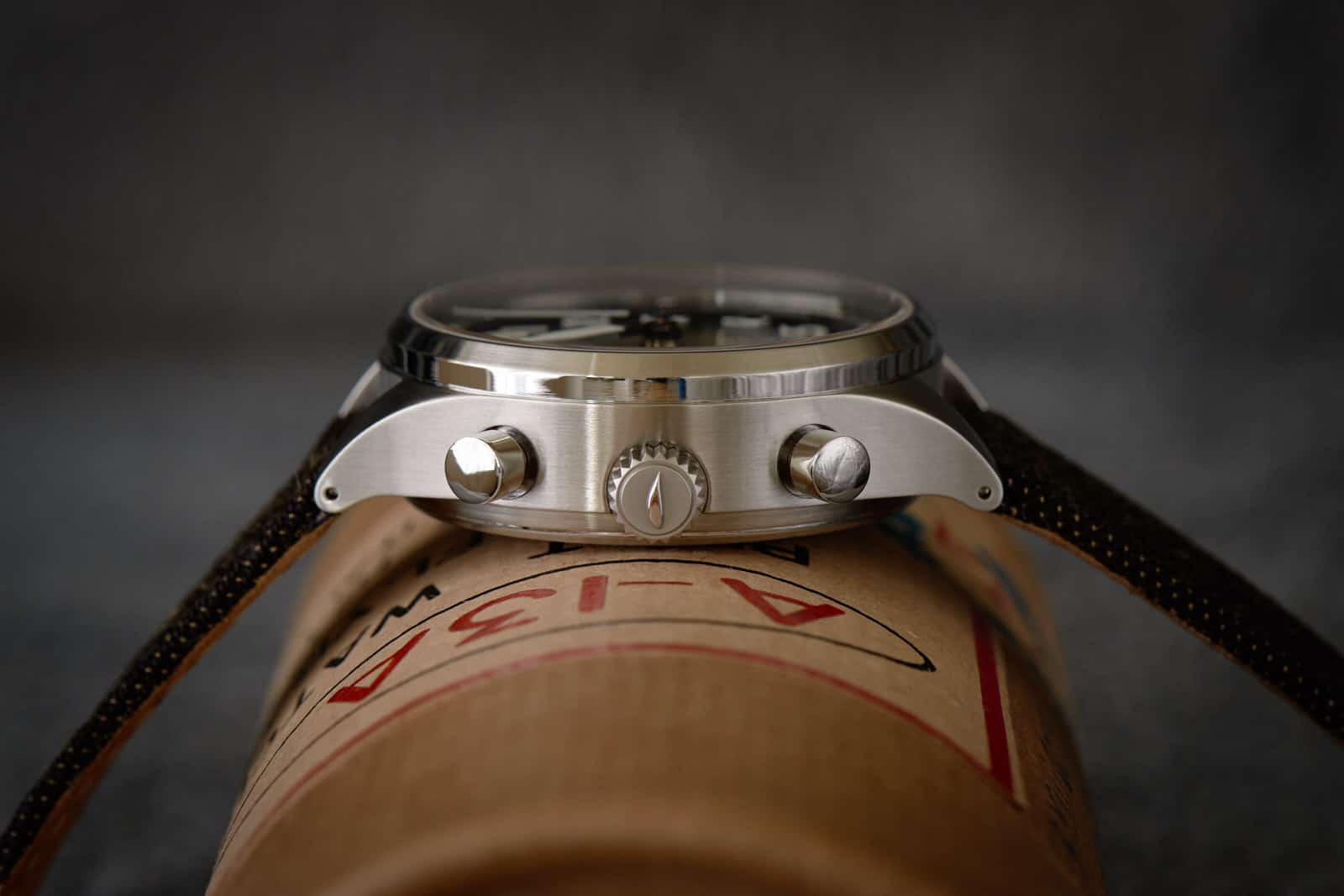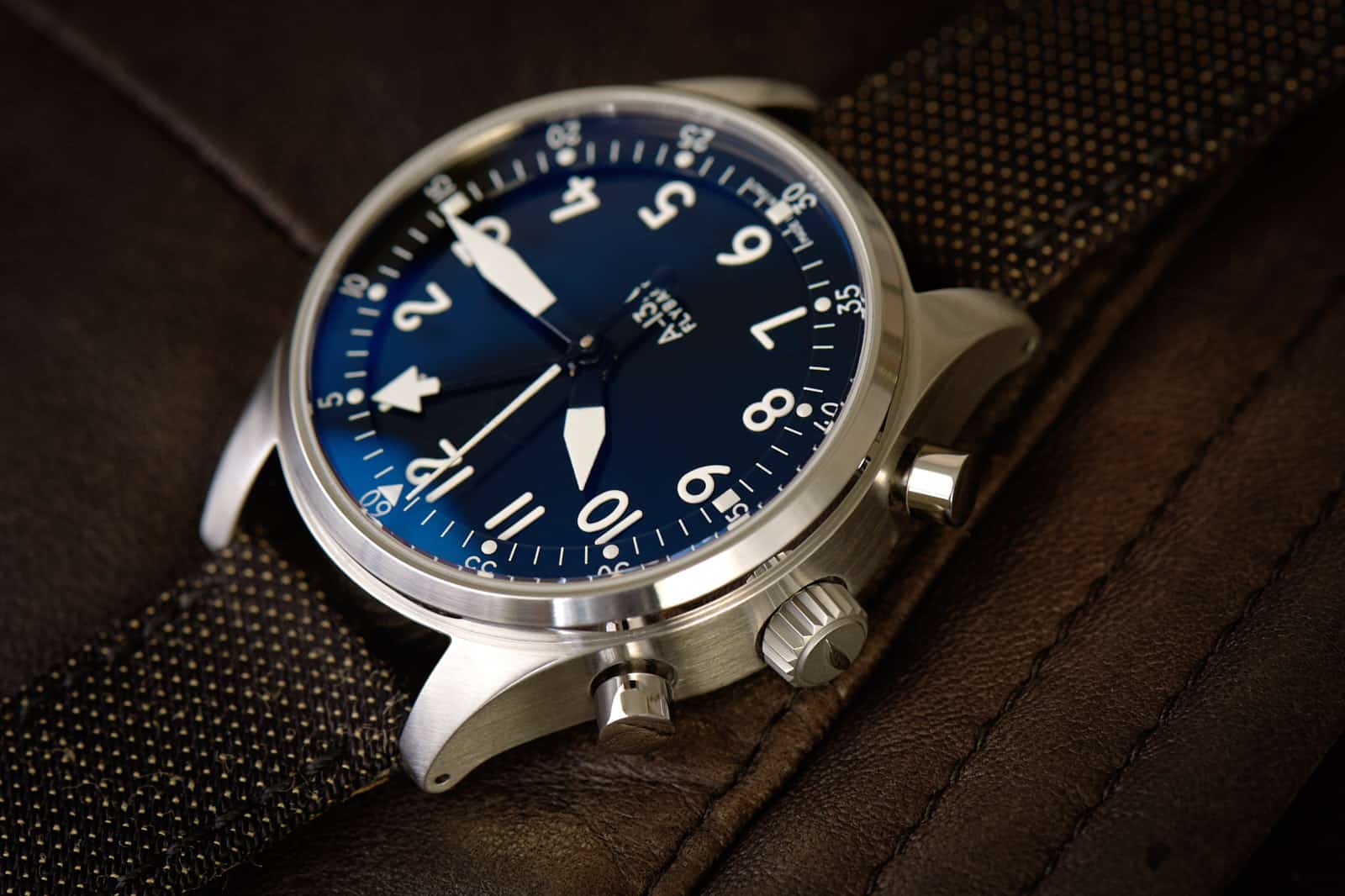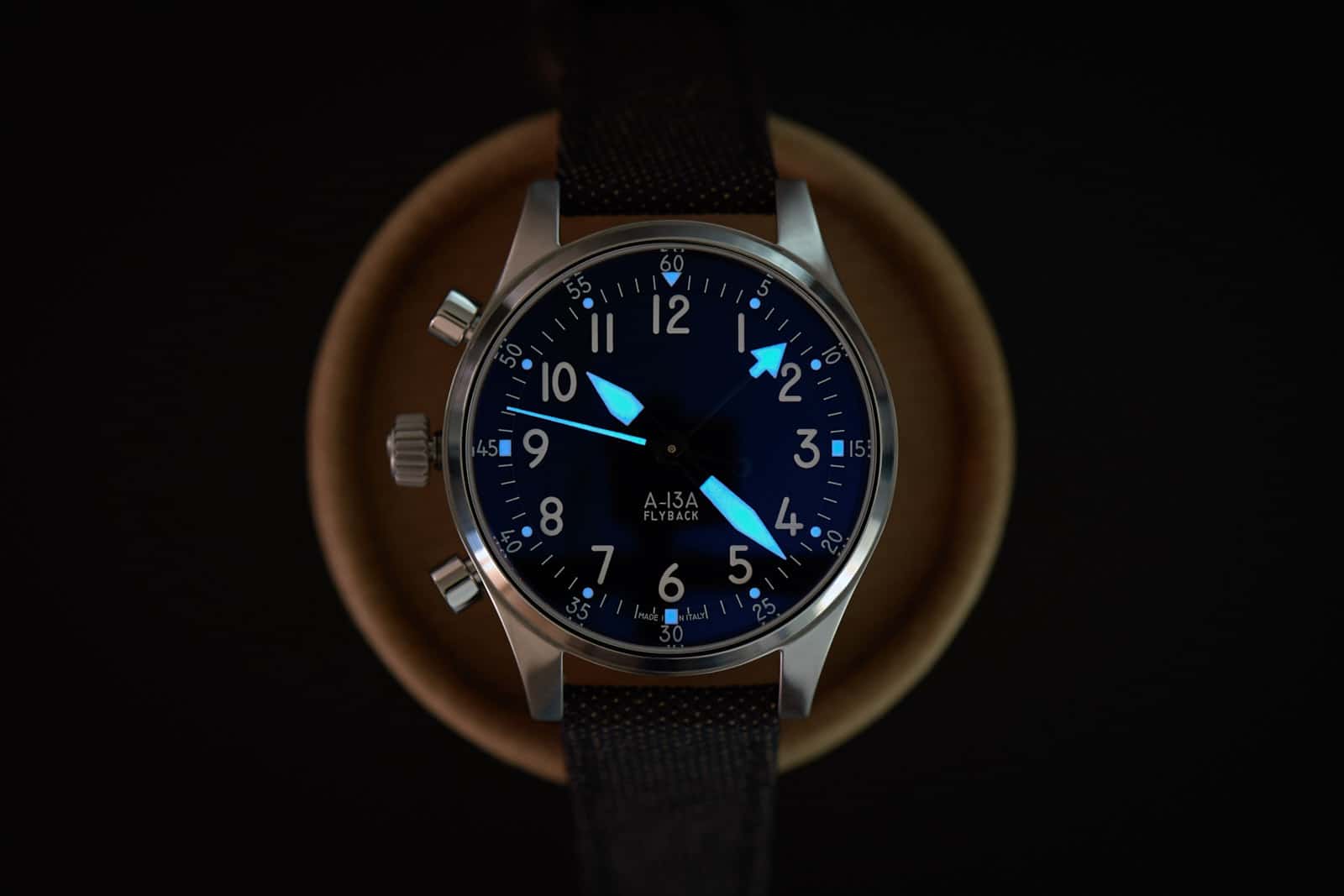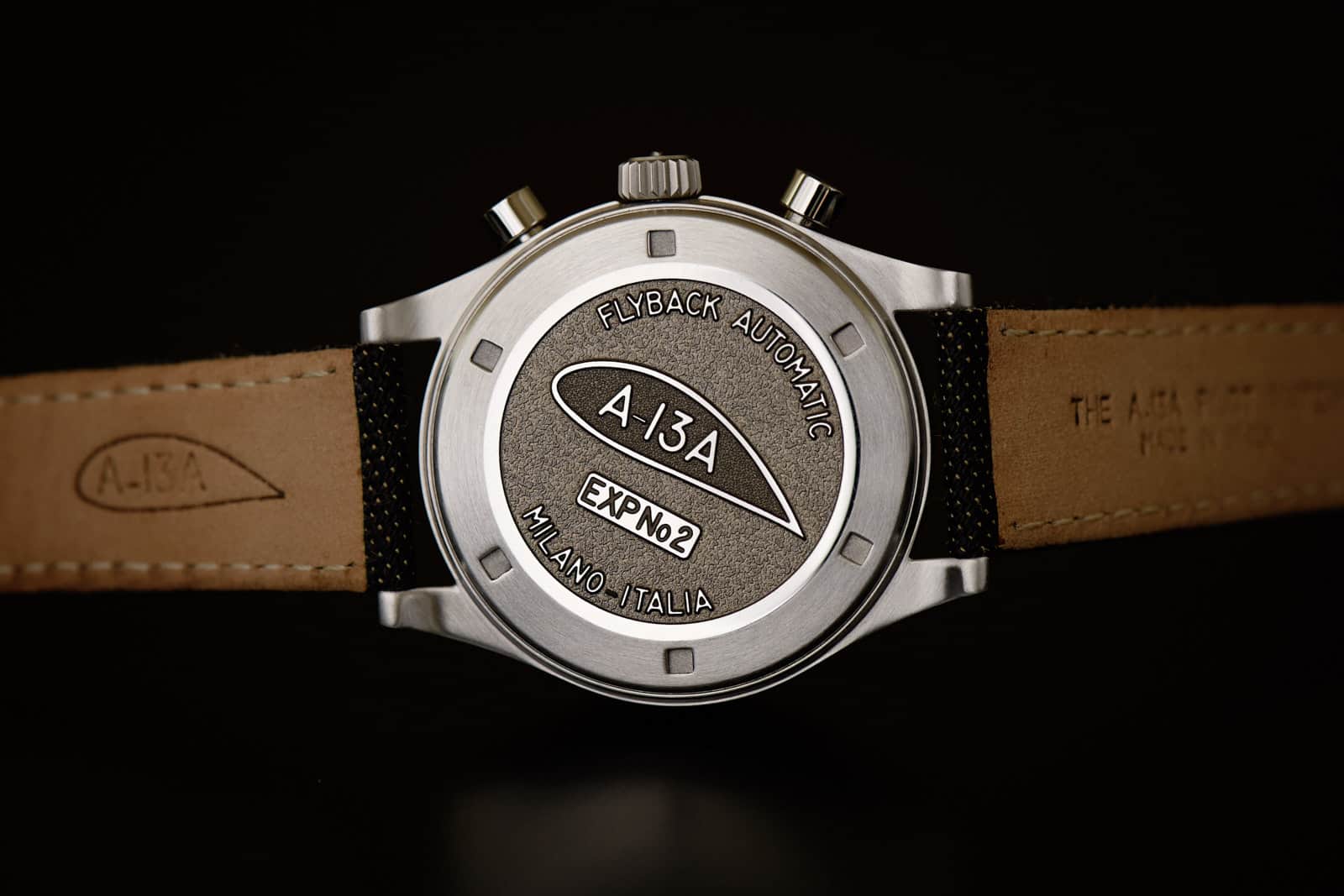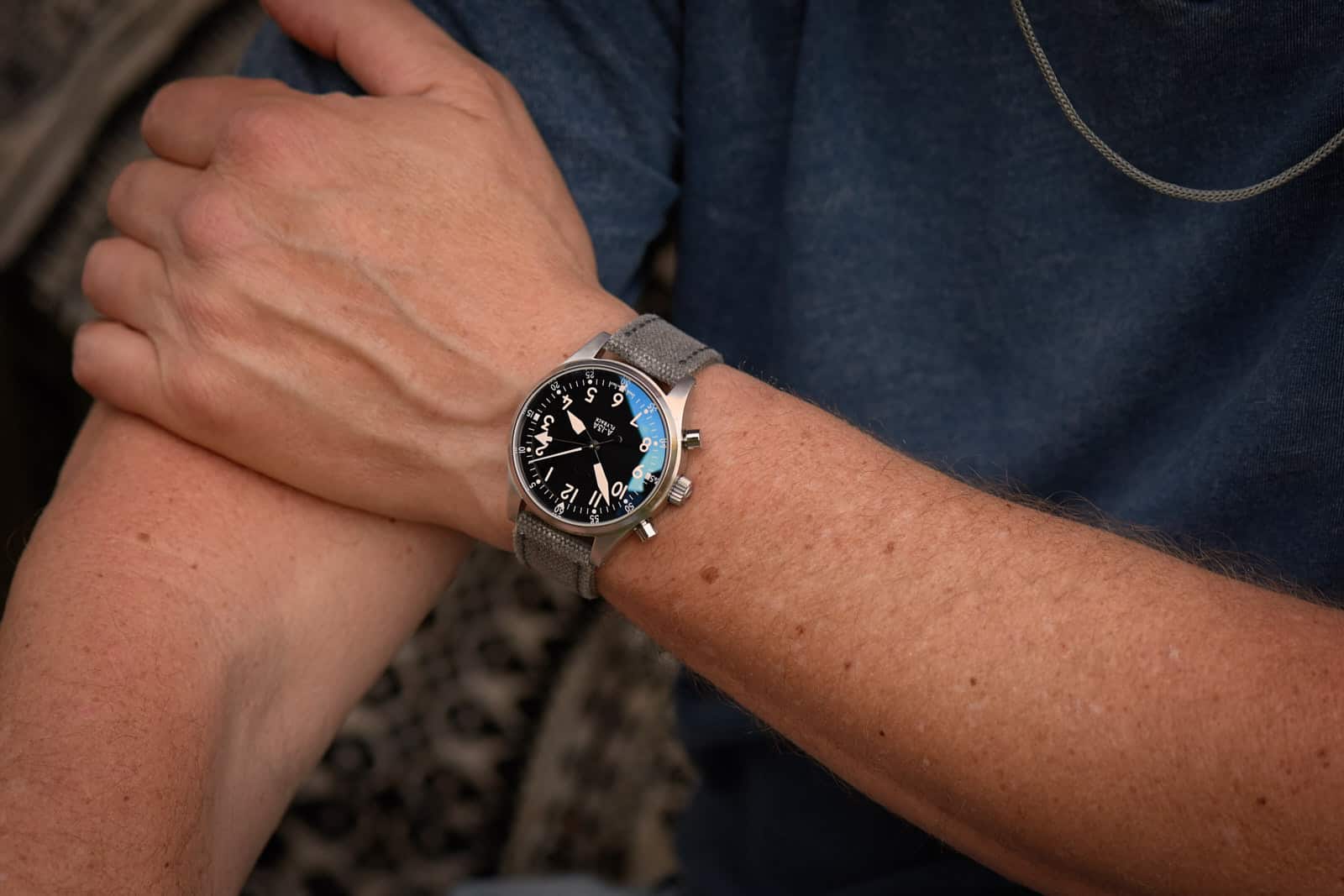There’s something rather refreshing about about the idea of a pilot watch that’s actually made by an engineer who flies. No sense here of gray meeting rooms, slick marketing departments who “reach out” (if you’re not one of the Four Tops, just don’t) or work in “swim lanes.” The new mechanical A-13A couldn’t be more removed from shizzle like this if it tried.
For example, ask Paolo Fanton, the engineer (not marketer) behind the new cog-powered A-13A prototype watch how much it’ll sell for and he’ll say he’s still working on the numbers. Not the sort of answer you get from your usual spreadsheet-jockey. He’s started this project not because of how many dollars he’ll make, but because he loves it.
We’ve had the prototype of the new A-13A on test for the last two weeks, been able to wear it, use it, and spend far too long swapping straps around on it. Paolo’s already flight-tested the watch and made several changes (including removing the crystal tint and switching to 316L stainless for the case) before it reached the UK outpost of Worn & Wound Towers.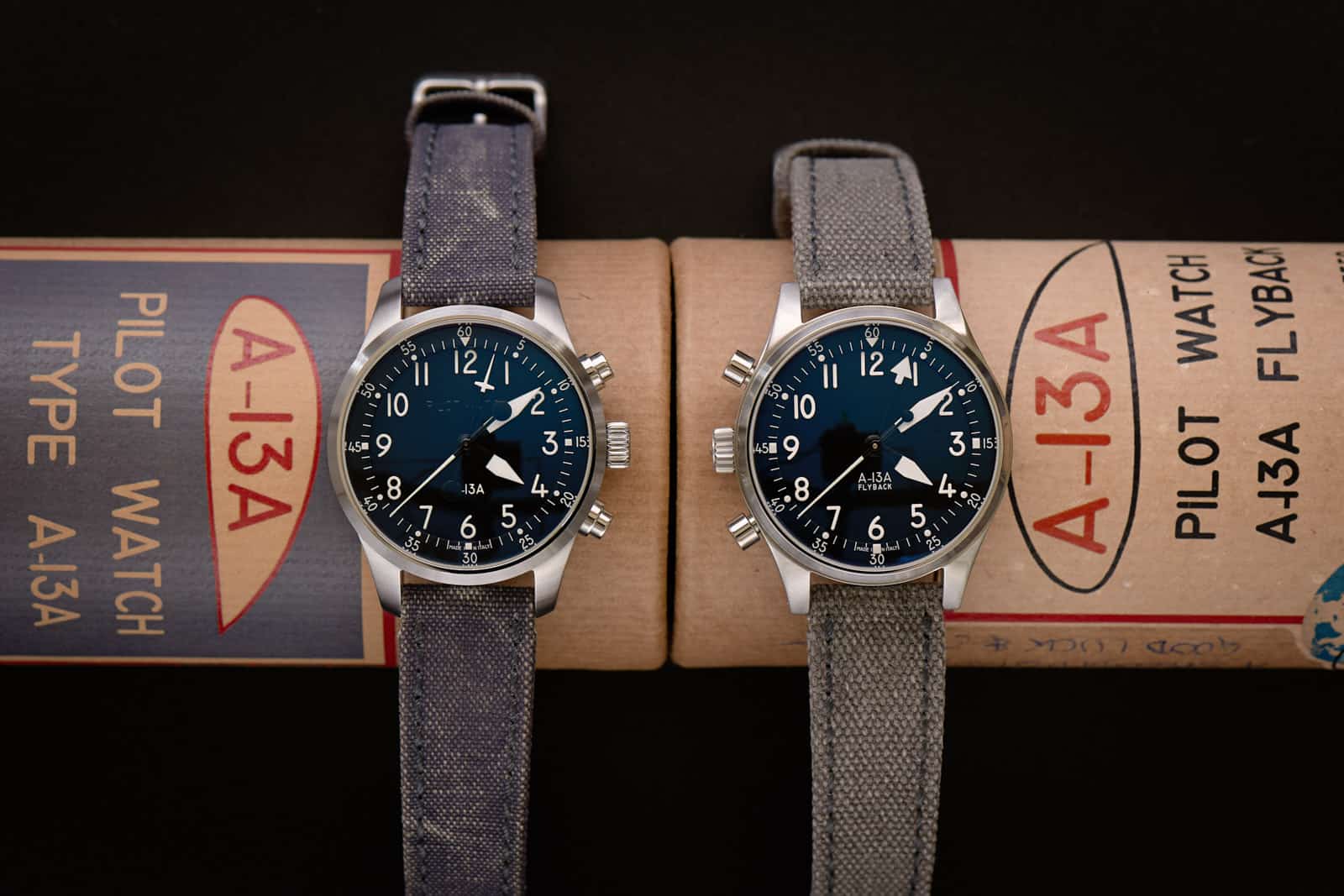
When the first A-13A saw the light of day in 2016-17, it had a 27 jewel, ETA 251.264 quartz motor. Watch people were pretty keen to see this followed up with a mechanical movement. Easy to ask for, but a massive challenge for a maker to meet.
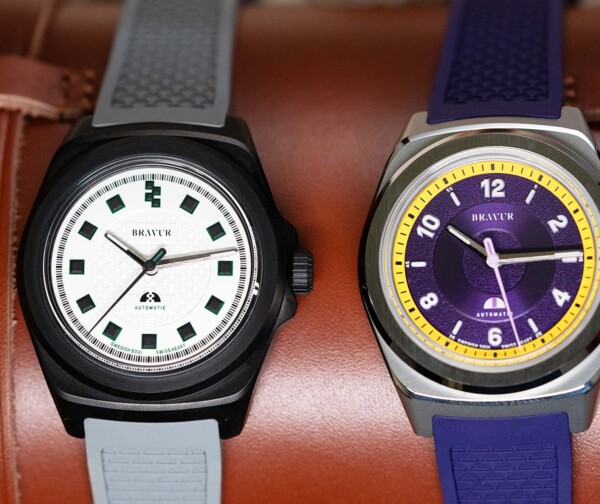




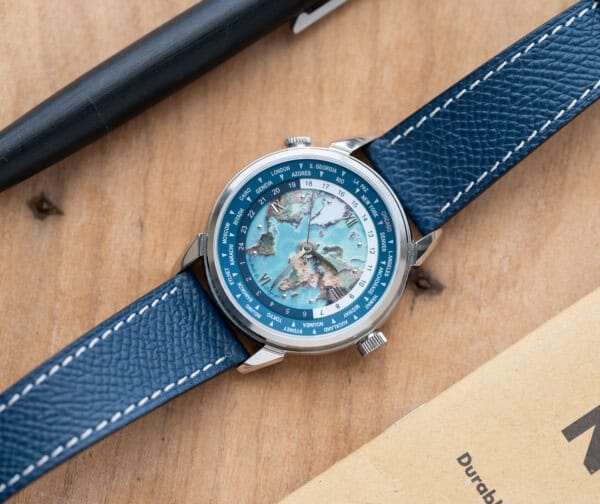



 Featured Videos
Featured Videos




